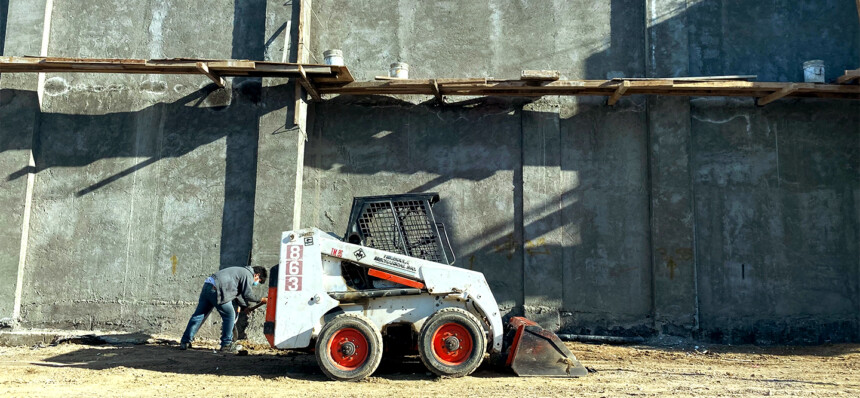ISO 14001: You keep hearing about the benefits, and the drive is on. But you can’t quiet get a handle on were and how to start. Been there. Done that.
Ready To Make ISO 14001 A Company Reality?
As a standard for promoting environmental protection and sustainable development (EMS), ISO 14001 was first introduced in September of 1996. Many organizations from a host of industrial sectors have implemented the ISO 14001 standards. Yet the construction industry, due to certain previous industry-relevant complications, continues to linger behind the pack. However, new frameworks have now emerged. Construction companies can now readily adopt ISO 14000 principles and requirements.
This paper will help implement ISO 14001 into the daily operations of your construction business.
Four Basics of ISO 14001 Implementation
Implementing ISO 14001 involves two stages: 1) The primary implementation and 2) Getting the certification. Both stages link together in many ways, yet distinctions do apply. Implementation involves internal setup of processes, training, and active embracement of ISO 14001 regulations, and internal auditing. Certification involves external as well as internal auditing and conformation of compliance.
1) Education – Without first educating yourself, you have no chance of effectively guiding others. Things you learn and do before attempting active implementation include:
- Define the purpose, functionality and benefits of implementing ISO 14001.
- Identify and understand company-pertinent ISO 14001 legal requirements.
- Identify and document company-specific benefits to applied ISO 14001 implementation and compliance.
- Define and document the specific scope of your EMS-focused options. Exclude those points of operations that have no effect on environmental policy. Pinpoint the areas that most often require interaction with the environment.
- Layout and document the expected course for EMS processes and procedures. Include all things necessary for consistent and adequate response and results.
2) Draw On Authority – You’ve learned the program, completed the preliminary studies, laid out the functionality, and defined the benefits. Now… sell it to the management team.
3) The Implementation – After gaining the approval and support of organizational leadership, begin the implementation of your purposed EMS program. Include the following components:
- Modify if necessary and then document processes already in place
- Implement new documents only for areas and function relevant to environmental damage control
- Establish a program for awareness and training
- Go live, complete with ongoing records, routine internal compliance audits, and modifications where necessary
- Establish routine management review processes to ensure resource availability, accurate Follow thru. Analyze, audit, correct and improve. Leave no problems unresolved, no failures uncorrected.
4) Engage the services of an external ISO 14001 certification body – In the end, certification requires the audit and approval of an external certification body. This company will audit your EMS program for compliance with current ISO 14001 construction-orientated projects. They will also offer reliable guidelines to help make your EMS more efficient, effective and reliable.
Backing Up A Good Plan With Great Compliance Software
Great plans require great labors. However, the right tools can greatly reduce individual burdens. The Assignar workforce and asset allocation and planning software ensures that:
- Workers get dispatched to the right jobsite
- Relevant documents are readily accessible and up-to-date
- License and/or certificate details remain compliant
- AND resources are always put to the best usage possible.
Assignar, helping your company implement and certify EMS per ISO 14001 requirements.


